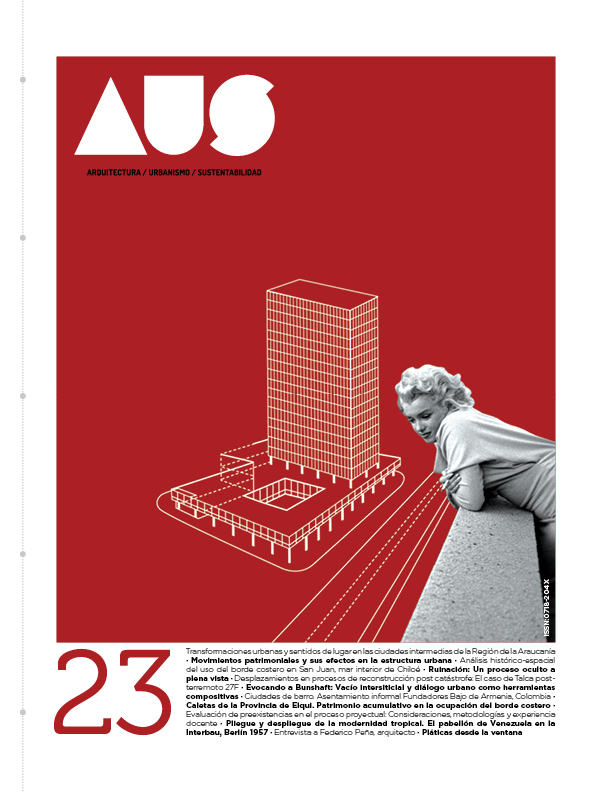Evoking Bunshaft: Interstitial void and urban dialogue as composition tools
Main Article Content
Abstract
The interstitial void, or ‘urban silence’, managed as a dialogue tool in urban composition, has been present throughout the development of architectural projects every time a direct and efficient link with the location has been sought. Following this conceptual view, the present article discusses some significant works by architect Gordon Bunshaft, which provide options to the dialogical relationship between a building and the previous environment. The main goal is to study the Lever House (1952) project, comparing it with two other projects: the Pepsi-Cola building (1959), and the expansion of the Albright Knox Art Gallery Museum (1962); the three works are located within the New York Metropolitan Area. The spatial proposals of this architectural-urban triad subtly and diversely employ urban silence as a compositional element and a dialogical ingredient, placing itself between each new architectural piece and existing locations. This compositive tool translates into two basic forms of elaboration based on geometric elements: First, the displacement and rotation of the work’s vertical plane with respect to the urban façade line; and second, the volumetric dissolution in the lower horizontal plane, solved in a spatial continuity key with respect to the immediate context.

